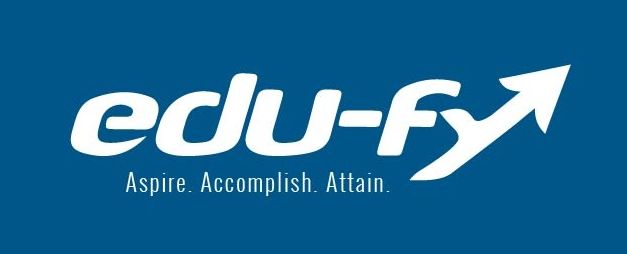PART 1 – THE EDUCATION SYSTEM
Background
The Bridge to Nowhere imagery is best represented by the Honduran bridge across the Choluteca River (pictured above).
The Choluteca Bridge was designed to withstand strong winds and was a success for the Japanese engineering firm who built it over 20 years ago. To this day the New Bridge still stands intact despite many hurricanes. There was one factor that the engineers did not plan for. The river that it was built to span was not static. After a major flooding caused by a hurricane, the river changed its course and the solid state-of-the-art bridge was left to span dry land and did not connect the two sides of the river.
The story of its construction and eventual loss of purpose and implications for business can be read here. The imagery of the bridge to nowhere has also been used in diverse articles on education, leadership and medical practice.
What message does it give us in terms of transforming education?
The Education Bridge to Nowhere
The education system set up in the Industrial Age was to link most learners to jobs in factories and for some to roles in business and public service. It was a solid design and served its purpose for a long time. Even as strong winds of change blew in from the Information Age, it stood firm. But its days are numbered. Digital technology has altered the course of the river that is meant to divide the learners from the workers. The course of the work environment, like the course of the Choluteca River, has changed. Our current education system is a system that now builds Bridges to Nowhere. The bridge that was built to span the division between learning and working is obsolete.
The workplaces of the future will no longer be on the other side of the river. Passing a test to decide who will cross the river and who will not, is no longer how future employees will be selected. If your future job requires you to know the air-speed velocity of an unladen swallow (African or European) (Scene from Monty Python and the Holy Grail) – you can just “Google” it. (Unless of course you’re a king!!)
So how do we construct bridges to cater for a future we do not know?
For over 20 years the late Sir Ken Robinson had advocated for education to be less about en masse testing and more about discovering and cultivating the talents that lie deep in each learner so that they can forge their own futures. In his book “The Element: How Finding Your Passion Changes Everything” he called for the transformation of education rather than its reformation and added,
“The key to this transformation is not to standardise education, but to personalise it, to build achievement on discovering the individual talents of each child, to put students in an environment where they want to learn and where they can naturally discover their true passions.”
To put Sir Ken Robinson’s quote into the bridge analogy, we need to transform the way we educate our children so that they can construct their own bridges to wherever they want to go. We need to re-engineer the Education Bridge so that it is flexible enough to move with the conditions and not stand immovable forever.
So how is this done?
In today’s digital world virtually everything can be personalised. We can adjust ringtones on our phones to suit our personalities; our laptop and computer displays can be set to our preferences; we can choose what shows we want to watch and when. Personalisation is the norm. The education system needs to catch up and latch on.
Using the tools that are being used to personalise viewing experiences, education systems can make it possible to for a wide range of content to be available to every student using the following process:
Step 1: Educators use their expertise on the needs of each student to select and deliver the precise material that each student needs to advance their foundational skills.
Step 2: Students are given the autonomy to choose what further skills they need to achieve the purposes of project-based activities that resonate with their own passions and the content and support they need is made available to them.
In the world of transformed education, personalised learning is co-created by the education system, the delivery platform, the educator and the learner.
In future posts, I will elaborate on the above, illustrate further instances on how the bridge to nowhere analogy exists in many current day classroom practice and provide steps to transform these practices.
Author Note: Asha Murphy has a Masters in Educational Studies with a keen interest and expertise in neuro-education research. She has over 20 years’ experience in teaching and effectively helping children with gaps in their learning and created the Straylings game to help children overcome these gaps.
